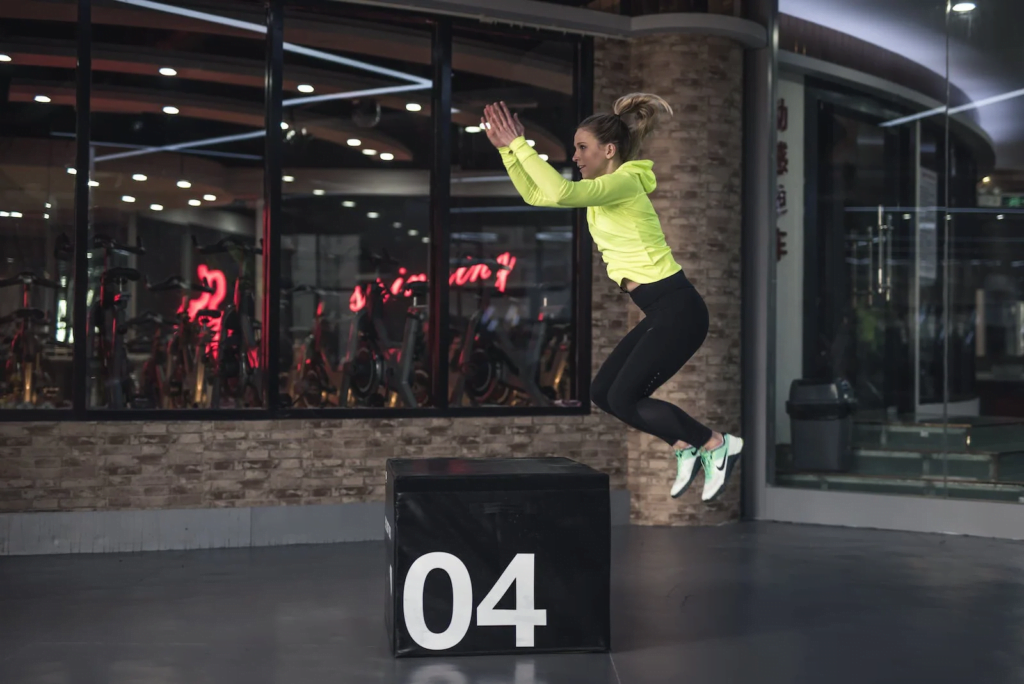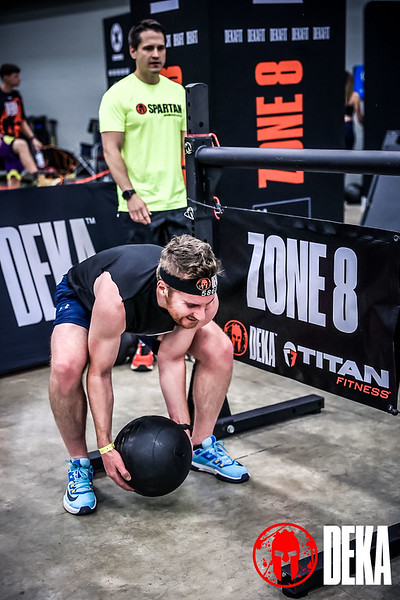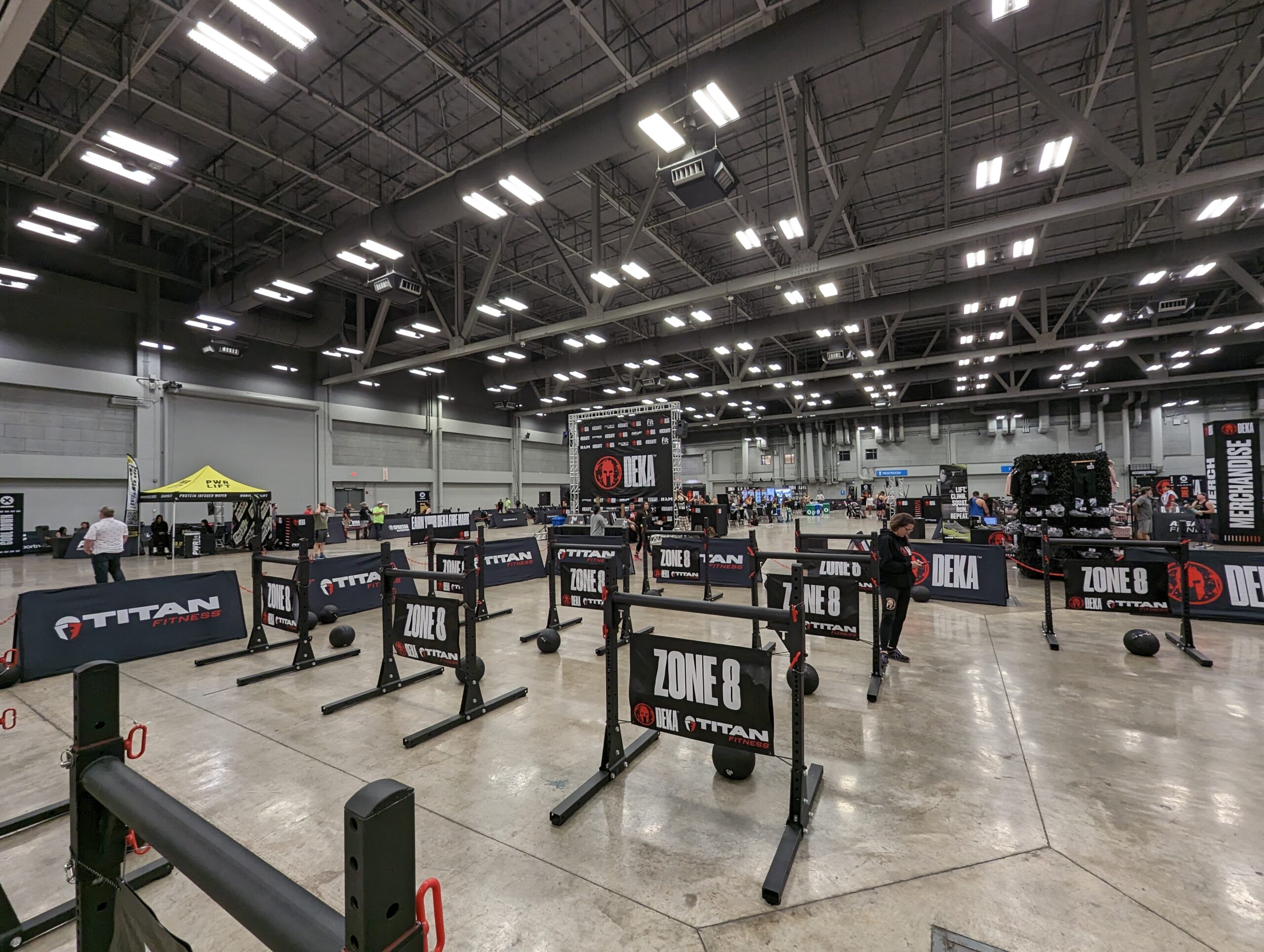Functional training has become increasingly popular in recent years, and for good reason. This type of exercise regime focuses on movements that mimic real-life activities, which can help improve overall fitness, prevent injury, and improve performance in a variety of activities.
Functional training is different from traditional weightlifting or cardio workouts in that it focuses on training the body to perform movements that are more applicable to everyday life. For example, instead of doing bicep curls to isolate the bicep muscle, a functional exercise might involve doing a pull-up or rowing movement to engage multiple muscle groups.

One of the biggest benefits of functional training is improved overall fitness. Because it involves movements that engage multiple muscle groups, it can help improve strength, endurance, and flexibility all at once. This can lead to better overall fitness and help prevent injury.
Functional training can also help improve balance and coordination. By challenging the body to perform movements in different planes of motion, it can help improve the body’s ability to move and react in a variety of situations. This can be particularly useful for athletes, dancers, and other performers who need to be able to move quickly and gracefully.

In addition to improving overall fitness and preventing injury, functional training can also improve performance in a variety of activities. Whether you’re a weekend warrior or a professional athlete, functional training can help you perform better by improving your agility, strength, and coordination.
Functional Training Workouts
A Functional Training workout will include exercises that train some or all of the seven basic movements the human body can perform: Pull, Push, Squat, Lunge, Hinge, Rotation and Gait. Some common Functional Exercises are: Push-ups, Walking lunges, Jump squats, Jumping, lunging, or stepping onto an elevated surface, Bodyweight squats, Lateral bounds (running from side to side), Jumping jacks, Movements done while balancing on one leg, like single leg deadlifts, farmers walks, handstand or pike pushups, snatch, thrusters, and burpees.

A good Functional Training workout would combine the different movements while balancing the stress on the muscle groups. One example of a Functional training workout would be:
| EXERCISE | SETS | REPETITIONS |
| Push-Up | 3 | 10 |
| Pull-Up | 3 | 8 |
| Burpees | 5 | 10, 8, 6, 4, AMRAP |
| Side Lunge | 4 | 8 each side |
| Running on the spot | 3 | 1 minute each |
Functional Training Events
With the rise on popularity of this style of training, functional training events are becoming increasingly popular, as they offer a challenging and rewarding way to get in shape. One of the most popular functional training events are the ones put by Spartan under its Deka brand (Deka Fit, Deka Mile and Deka Strong). The reason why they have become so popular is that they offer a benchmark of fitness that can be attempted by anyone. They are an indoor decathlon of functional fitness and training programs designed to be basic, simple, and utilitarian.

The three events consist in completing a series of 10 stations. What varies is that Deka Fit and Deka Mile include a running portion in between stations (Total of 5k for Deka Fit and 1mi for Deka Mile), while Deka Strong does not include any running. The 10 stations for the Deka events include: Reverse Lunges, Rowing, Box Jump Step Over/Jump Overs, Med Ball Sit-Up Throws, Ski Erg, Farmer’s Carry, Air Bike, Dead Ball Wall-Overs, Tank Push/Pull and, of course, Burpees.
A similar event is put by Hyrox, a German fitness company. The main difference is in distance, while Deka has the option of 5k, 1 mile or no running, Hyrox only offers one modality of 8k with 8 stations: Ski Erg, Sled Push, Sled Pull, Burpee Broad Jumps, Rowing, Farmer’s Carry, Sandbag Lunges and Wall ball.
The winner of these Functional Fitness Events is the athlete who completes it in the less amount of time. Because the stations and the distances are the same, minimizing any external factors, these events allow for athletes to measure their fitness progress in time, while comparing with other athletes of a similar conditioning.
How to Prepare for a Functional Training Event
If you’re interested in participating in a functional training event, there are a few things you need to do to prepare. First, you need to make sure you have a good base of fitness. You should be able to run for at least 30 minutes without stopping, and you should be able to do a variety of functional fitness exercises, such as squats, lunges, push-ups, and pull-ups.

Once you have a good base of fitness, you can start training specifically for the event. You should focus on building your strength, endurance, and speed. You should also practice the specific exercises that will be included in the event.
If you’re new to functional training, it’s a good idea to work with a personal trainer or coach. We can help you develop a safe and effective training plan.
Here are some additional tips for training for a functional training event:
- Set realistic goals. Don’t try to do too much too soon, or you’ll risk injury.
- Listen to your body. If you’re feeling pain, take a break.
- Cross-train. This will help you avoid boredom and injury.
- Eat a healthy diet. This will give you the energy you need to train and recover.
- Get enough sleep. This is essential for muscle growth and repair.
- Stay hydrated. Drink plenty of water before, during, and after your workouts.
- Find a support system. Having friends or family members who are also training for the event can help you stay motivated.
Ready to Earn your Mark?
As Spartan Brand Ambassador, here in Solstizio Fitness we offer you 20% discount to participate in a Deka Fit event. Visit Deka.fit search for the next event near you and use code SAP-271148B at checkout.

With proper training and preparation, you can successfully complete a functional training event. So what are you waiting for? Start training today!



